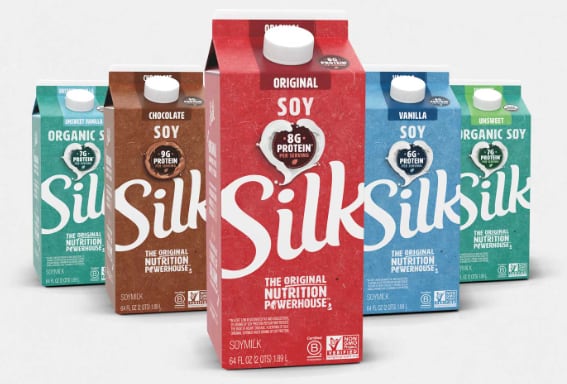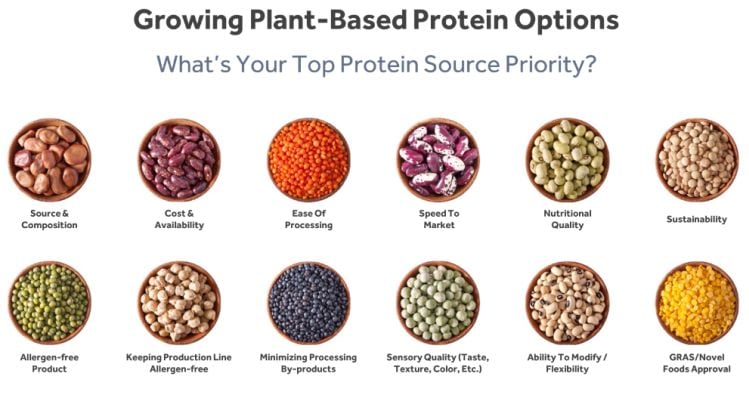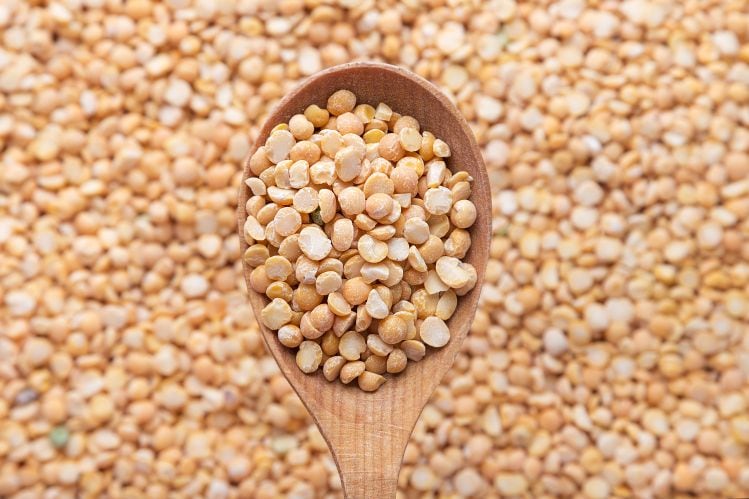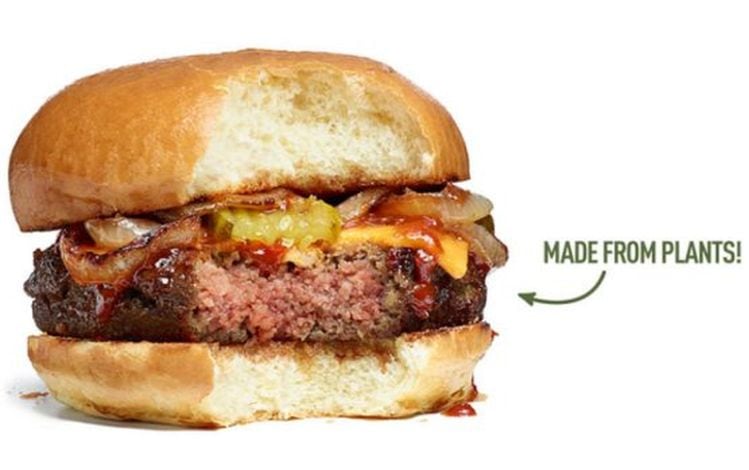Speaking to FoodNavigator-USA as Roquette gears up to open a new pea protein facility in Canada, Dina Fernandez, plant protein ingredients specialist at ADM, said ADM is building a new pea protein processing plant at its edible bean and oilseed processing complex in Enderlin, North Dakota, which will process peas from North Dakota and Canada.
“Our bean ingredients are very popular but at the moment they are flours of 22% protein. We also have ancient grains and seed flours and nuts and butters that have some protein content, but at the moment, we don’t have these as concentrates or isolates.
"But coming soon in the first quarter of 2019 we’re going to have a pea protein with at least 80% and we’re working on several other legume products to create ingredients of at least 80% proteins as well.”
Asked what would be distinctive about ADM’s pea proteins, she added: “We’re very confident that our pea protein will have some competitive advantages on flavor over other pea proteins on the market today because our processing is different from the processing technologies used so far. Many of the other companies in this space are starch processing companies, but at ADM we focus on the protein, and the starch and fiber and secondary products, although also important.”
ADM is not providing details of how its processes differ, how much has been invested in the plant, or how large it is vs rivals’ facilities, but added: “We apply an integrated flavor optimization system that starts with the selection of the raw materials and the use of the right processing conditions, and we have a constant sensory evaluation and quality group giving us feedback to make improvements.
“We work very closely with flavor experts at Wild Flavors [owned by ADM] to understand all the chemical compounds in our plant based proteins to better understand if the off notes come from the processing, or the raw material, or if it’s just something that we can’t change due to the nature of the protein.”
"We are not disclosing the investment amount for this project [the new pea processing plant at Enderlin, North Dakota], but finding new ways to meet the growing demand for plant-based protein is an important priority for our business. This plant is a critical part of that strategy and will establish ADM as a major player in the pea protein market.
"It will allow us to deliver pea protein solutions to our customers now and will also help us deliver other innovative plant-based protein products in the future."
‘In my opinion, it’s very difficult to beat soy’
But what about soy? Is it still in demand or are formulators looking for the next big thing in plant-based protein?
“In my opinion, it’s very difficult to beat soy, although pea protein is really growing,” said Fernandez.
While sales of soymilk have slumped in recent years, this is more a reflection of the popularity of almondmilk and other recent entrants to the plant-based dairy category than proof that shoppers are spurning soy or soy protein per se, claimed ADM chief brand officer Mark Rainey, who said consumers are embracing soy in other applications.
ADM is seeing continued demand for soy protein in snack bites, functional beverages and smoothies, dessert items, and plant-based meats (the fast-growing Impossible Burger uses textured wheat protein and soy protein isolate, for example), he said.
“Wheat and soy proteins work really well in combination for meat alternatives, but we’re seeing high interest in pea protein and peas in combination with other plant proteins,” added Fernandez.
‘Consumers have a hard time separating fact from fiction and working out who they should be listening to’
ADM recently quizzed 2,500+ US consumers online about soy via an anonymous survey and learned that even with no context or information, more than 70% feel positively about it, said Rainey.
“We then gave consumers a list of foods from tofu and tempeh to edamame, miso soup and soy sauce, and explained that these are soy-based, and that figure rose to 85%,” he said.
“After that, we gave them information about soy protein and sustainability, and that number jumped to 95%.”

As for soymilk, which arguably has stronger nutritional credentials than many other plant-based milks and a similar amount of protein to dairy milk, there are opportunities to improve recipes (lower sugar, improve flavor) and refresh marketing, he said.
“We’ve also learned that a lot of consumers are cooking with soymilk, and I don’t know that many manufacturers have taken advantage of that insight to drive incremental opportunities.”
As for soy and GMOs, he said, “Consumers have a hard time separating fact from fiction and working out who they should be listening to [in the GM debate], so we always sit down with customers to determine exactly who their end consumer is, and try to understand their needs, and then we can offer Non GMO organic expeller pressed soy if that’s what they want.”
Marketing plant-based protein
While some food marketers are highlighting specific proteins from chia to pumpkin, others are using the more generic term ‘plant-based protein’ on front of pack, sometimes because they are blending proteins to balance out amino acid profiles or improve taste, but sometimes because anything ‘plant-based’ has marketing capital right now, he said.
(Ripple Milk for example, describes its product as ‘nutritious pea milk’ on the top of the bottle, but features the phrase ‘8g plant-based protein’ in far larger type on the front of pack.)
In general, said Rainey, “Price or cost in use is always top of mind for customers, along with availability, efficacy, plant-based credentials, and taste. As for sustainability and non-GMO, it all depends on the consumer target and what your objectives are.
“If you’ve got a niche product with a high price point, then you might be able to afford other proteins, but if you’re looking for mass market appeal, profitability, efficacy and performance, oftentimes the best answer is soy.”





